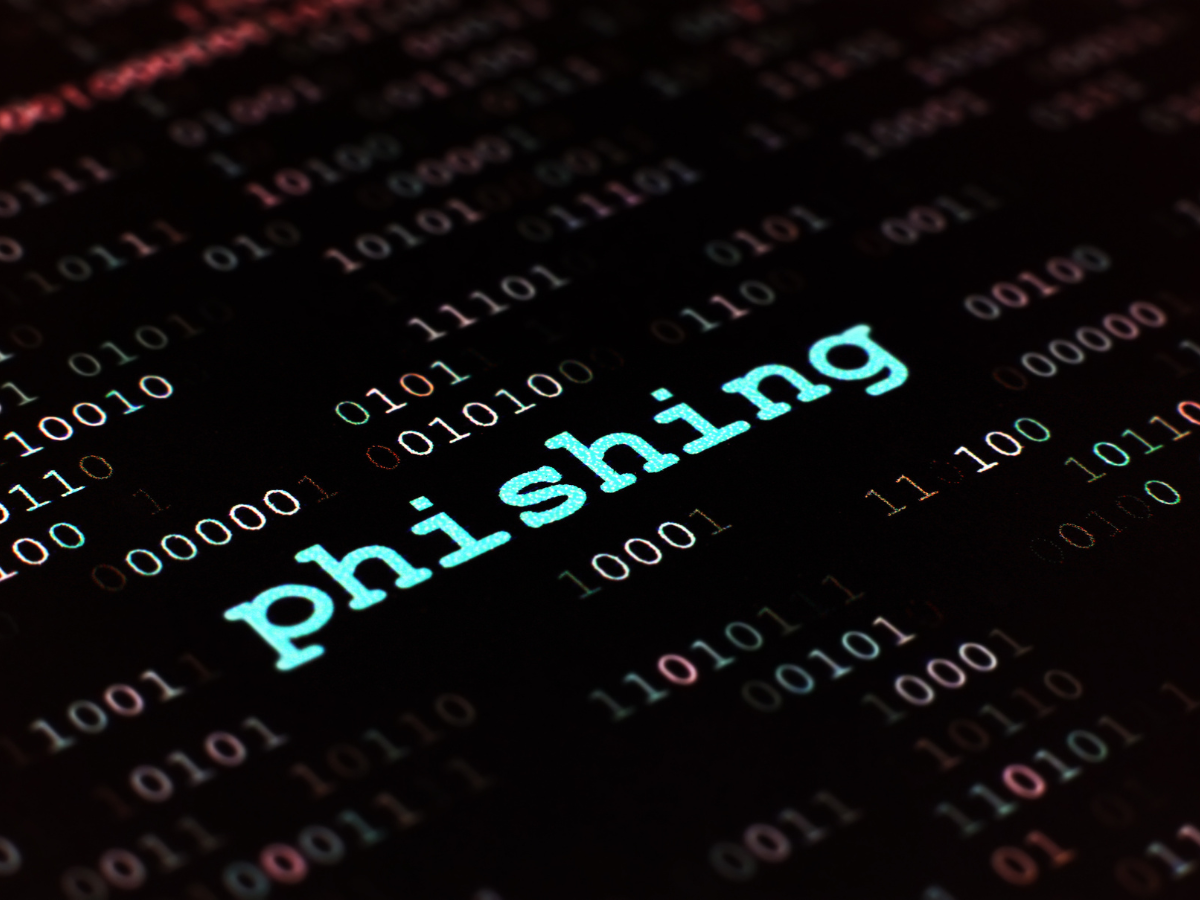How Do You Know If an Email Is a Phishing Attempt?
Carmine Corridore
Phishing emails are a prevalent cyber threat that can compromise sensitive information, steal personal data, and cause financial damage. With cybercrime on the rise, recognizing phishing attempts has become crucial to protecting yourself and your business. But how can you identify a phishing email? In this blog, we’ll explore common signs of phishing emails and provide tips on how to protect yourself from falling victim to these scams.
1. Check for Suspicious Senders and Email Addresses
One of the first indicators of a phishing email is the sender’s email address. Often, cybercriminals will spoof legitimate-looking email addresses to trick recipients into believing the email is from a trusted source. While the sender’s name might look familiar, the email address could contain small differences, such as extra characters or a domain that looks slightly off.
Why It’s Important:
Phishing emails often come from addresses that look similar to trusted ones but aren’t quite right. For example, a hacker might send an email from "support(at)paypa1.com" instead of the legitimate "support(at)paypal.com."
What You Can Do:
Always double-check the sender’s email address before taking action. If you’re unsure, don’t open any links or attachments, and verify the authenticity of the email by contacting the company directly through official channels.
For more tips on email security and identifying phishing emails, visit resources from the Cybersecurity & Infrastructure Security Agency (CISA).

2. Look for Generic Greetings and Messaging
Phishing emails often use generic greetings like "Dear Customer" or "Dear User" rather than addressing you by name. These emails are usually sent to a wide audience and lack personalization. Legitimate businesses typically use personalized greetings and specific details to confirm the message’s authenticity.
Why It’s Important:
Phishing attempts are mass-distributed emails that lack specific details about the recipient. A legitimate company will use your name and tailor the content of its emails to your account or service.
What You Can Do:
Pay attention to the language used in the email. If the greeting feels impersonal or vague, it could be a sign of a phishing attempt. Always verify the legitimacy of such emails before interacting with them.
3. Suspicious Links or Attachments
Phishing emails often contain links that redirect you to fraudulent websites designed to steal your information or malware-laden attachments. These links might look legitimate, but hovering your mouse over the link can reveal the actual URL, which is often misspelled or completely different from the expected website.
Why It’s Important:
Phishing attacks often direct victims to fraudulent websites that look like legitimate ones, such as a bank login page or an online shopping portal. These fake websites are designed to steal login credentials, financial information, or other sensitive data.
What You Can Do:
Before clicking any link, hover your mouse over it to see the full URL. If it doesn’t match the legitimate website or seems suspicious, don’t click on it. Similarly, avoid opening attachments from unknown sources, as they could contain harmful malware.
For more tips on link security and spotting phishing attempts, visit resources from StaySafeOnline.
4. Urgent or Threatening Language
Phishing emails often use high-pressure tactics to get you to act quickly. They might say things like "Immediate action required," "Your account has been compromised," or "Failure to respond may result in your account being locked." These emails create a sense of urgency, pushing you to make hasty decisions that could result in compromising your security.
Why It’s Important:
Legitimate businesses typically do not pressure you into immediate action. Phishing emails use urgency to cloud your judgment and encourage you to act impulsively, which could lead to making risky decisions like providing personal information.
What You Can Do:
Take a step back when you receive an email with urgent or threatening language. If the email claims to be from a financial institution or online retailer, contact the company directly using known contact details to verify the message’s authenticity.
5. Spelling and Grammatical Errors
Many phishing emails contain spelling mistakes, awkward phrasing, or grammatical errors. These errors are often signs that the email was hastily crafted by a cybercriminal and not by a professional organization. While occasional errors can appear in legitimate emails, phishing emails often have multiple issues that make them stand out as suspicious.
Why It’s Important:
Professional companies invest in quality communication, so errors like these should raise red flags. Phishing emails are typically poorly constructed and may look unprofessional, which can help you identify them quickly.
What You Can Do:
Carefully read through the email for spelling or grammar mistakes. If you notice unusual language, awkward phrasing, or errors in the subject line or body text, treat the email with caution.
For more tips on spotting phishing emails, review helpful guidelines from Google’s Safety Center.
6. Check for Unnecessary Requests for Sensitive Information
Legitimate companies will rarely, if ever, ask for sensitive information like passwords, Social Security numbers, or credit card details via email. If an email requests such information, it’s a major red flag.
Why It’s Important:
Phishing emails often attempt to trick users into revealing sensitive information that can be used for identity theft or fraud. Legitimate companies will never ask for this type of information through unsecured email communication.
What You Can Do:
If you receive an email asking for sensitive information, don’t respond. Instead, contact the company directly through their official customer service number or website to verify if the request is legitimate.
Conclusion
Phishing emails are a serious threat that can lead to identity theft, financial loss, and data breaches. By recognizing the common signs of phishing attempts, such as suspicious senders, generic greetings, and urgent language, you can better protect yourself and your business from falling victim to cybercriminals.
For businesses looking to improve their email security, Underdog Cyber Defense offers comprehensive cybersecurity solutions to protect your data and ensure your systems are safe from phishing attacks and other threats.



